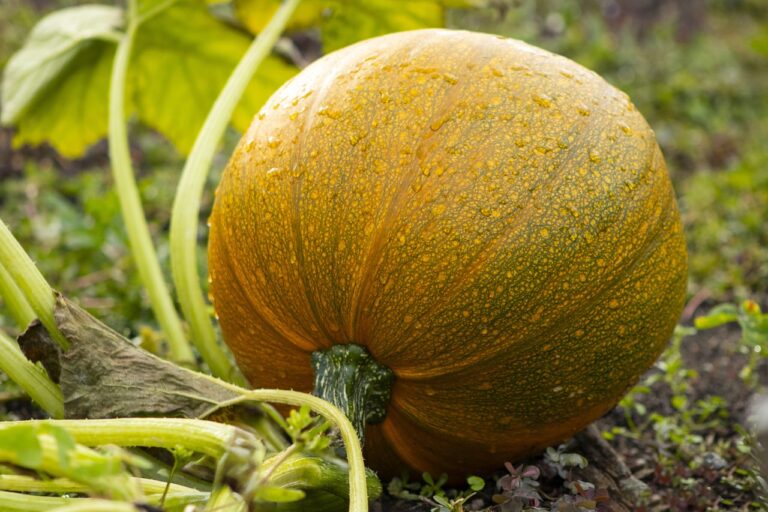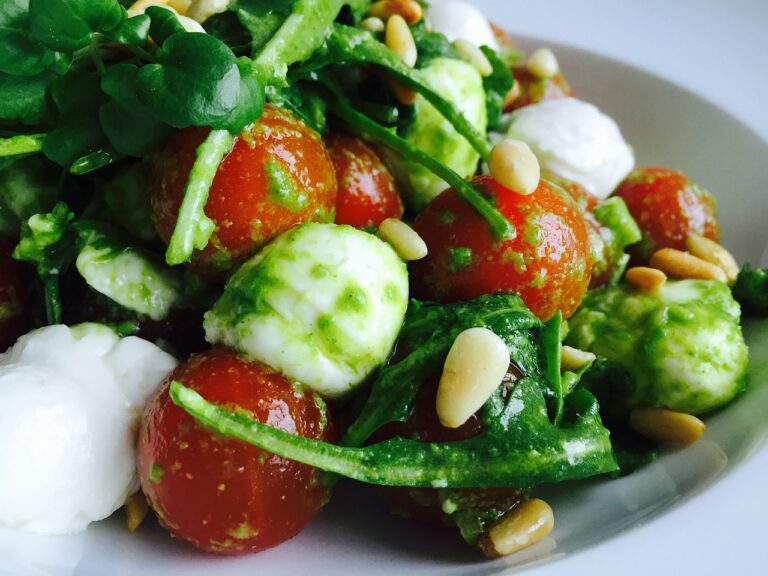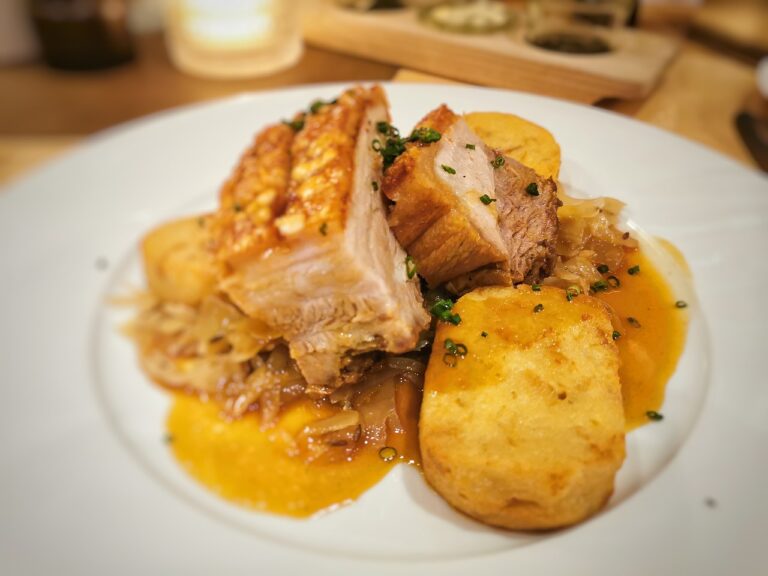How to Develop a Jam and Jelly Podcast: Cricket 999.com login, 11xplay online, Betbhai9 id
cricket 999.com login, 11xplay online, betbhai9 id: Are you passionate about jams and jellies? Do you want to share your love for these delicious spreads with the world? Starting a jam and jelly podcast could be the perfect way to do just that! Podcasting has become increasingly popular in recent years, offering creators a unique platform to share their passion and expertise with a global audience. In this article, we’ll walk you through the steps to develop your very own jam and jelly podcast, from planning and recording to editing and publishing. Let’s get started!
1. Define Your Podcast’s Mission and Audience
Before you dive into creating your podcast, take some time to define your mission and target audience. What sets your podcast apart from others in the food and cooking category? Are you focusing on homemade jam recipes, artisanal jelly makers, or the history of preserves? Understanding your niche and audience will help you create content that resonates with your listeners.
2. Choose the Right Format and Structure
There are several different formats you can choose for your podcast, including interviews, solo episodes, roundtable discussions, and more. Consider what format will best showcase your expertise and engage your audience. You’ll also want to think about the structure of each episode, including segments, guest appearances, and any recurring themes or topics.
3. Plan Your Episodes and Content
Once you have a clear idea of your podcast’s mission and format, it’s time to start planning your episodes. Create a content calendar outlining the topics and guests you’ll cover in each episode. Research and prepare any interview questions or discussion points in advance to ensure a smooth recording process.
4. Invest in Quality Recording Equipment
To create a professional-sounding podcast, you’ll need to invest in some quality recording equipment. This typically includes a microphone, headphones, and audio recording software. Consider purchasing a USB microphone for high-quality sound and ease of use. You’ll also want to find a quiet space to record to minimize background noise.
5. Record and Edit Your Episodes
Once you have all your equipment set up, it’s time to start recording your episodes! Whether you’re recording solo or with guests, be sure to speak clearly and confidently. After recording, you’ll need to edit your episodes to remove any mistakes or long pauses. Editing software like Audacity or GarageBand can help you polish your episodes before publishing.
6. Create Eye-Catching Podcast Artwork
Podcast artwork is the first thing listeners will see when discovering your show, so it’s important to create eye-catching and cohesive artwork. Consider hiring a graphic designer to create custom artwork that reflects the theme and tone of your podcast. Your artwork should be easily recognizable and stand out in a crowded podcast directory.
7. Distribute Your Podcast
Once you’ve recorded and edited your episodes, it’s time to distribute your podcast to the world! Platforms like Apple Podcasts, Spotify, and Google Podcasts allow you to submit your show for listing. You’ll also want to promote your episodes on social media, your website, and other relevant channels to attract listeners.
8. Engage with Your Audience and Seek Feedback
Building a community around your podcast is crucial for long-term success. Engage with your listeners on social media, respond to comments and reviews, and seek feedback to improve your content. Consider creating a listener survey to gather valuable insights and ideas for future episodes.
9. Monetize Your Podcast
Once you’ve established a loyal listener base, you may want to consider monetizing your podcast. This can include sponsorships, affiliate partnerships, merchandise sales, and more. Be strategic in selecting partnerships that align with your podcast’s mission and audience to ensure a seamless fit.
10. Continuously Improve and Evolve Your Podcast
As you grow and evolve as a podcaster, it’s important to continuously improve and evolve your podcast. Stay up to date on industry trends, seek feedback from your audience, and be open to trying new formats and content ideas. By staying flexible and adaptable, you can ensure your podcast remains engaging and relevant.
FAQs
Q: How often should I release new episodes?
A: The frequency of your podcast episodes will depend on your schedule and audience preferences. Consistency is key, so aim to release new episodes at regular intervals, whether that’s weekly, bi-weekly, or monthly.
Q: How long should each episode be?
A: The ideal length of each episode will vary based on your content and audience. Most podcasts range from 30 minutes to an hour, but feel free to experiment with different lengths to see what works best for your show.
Q: How can I attract more listeners to my podcast?
A: To attract more listeners to your podcast, focus on promoting your episodes through social media, collaborations with other podcasters, and engaging with your audience. Consider running giveaways or contests to incentivize listeners to share your show with their friends.
Q: Can I start a podcast with limited technical knowledge?
A: Absolutely! While podcasting does require some technical know-how, there are plenty of resources available to help you get started. Consider taking a podcasting course, joining online communities, and seeking advice from experienced podcasters to overcome any technical challenges.
In conclusion, starting a jam and jelly podcast can be a fun and rewarding venture for anyone passionate about food and cooking. By following these steps and tips, you can create a high-quality podcast that entertains, educates, and inspires your audience. Good luck and happy podcasting!







